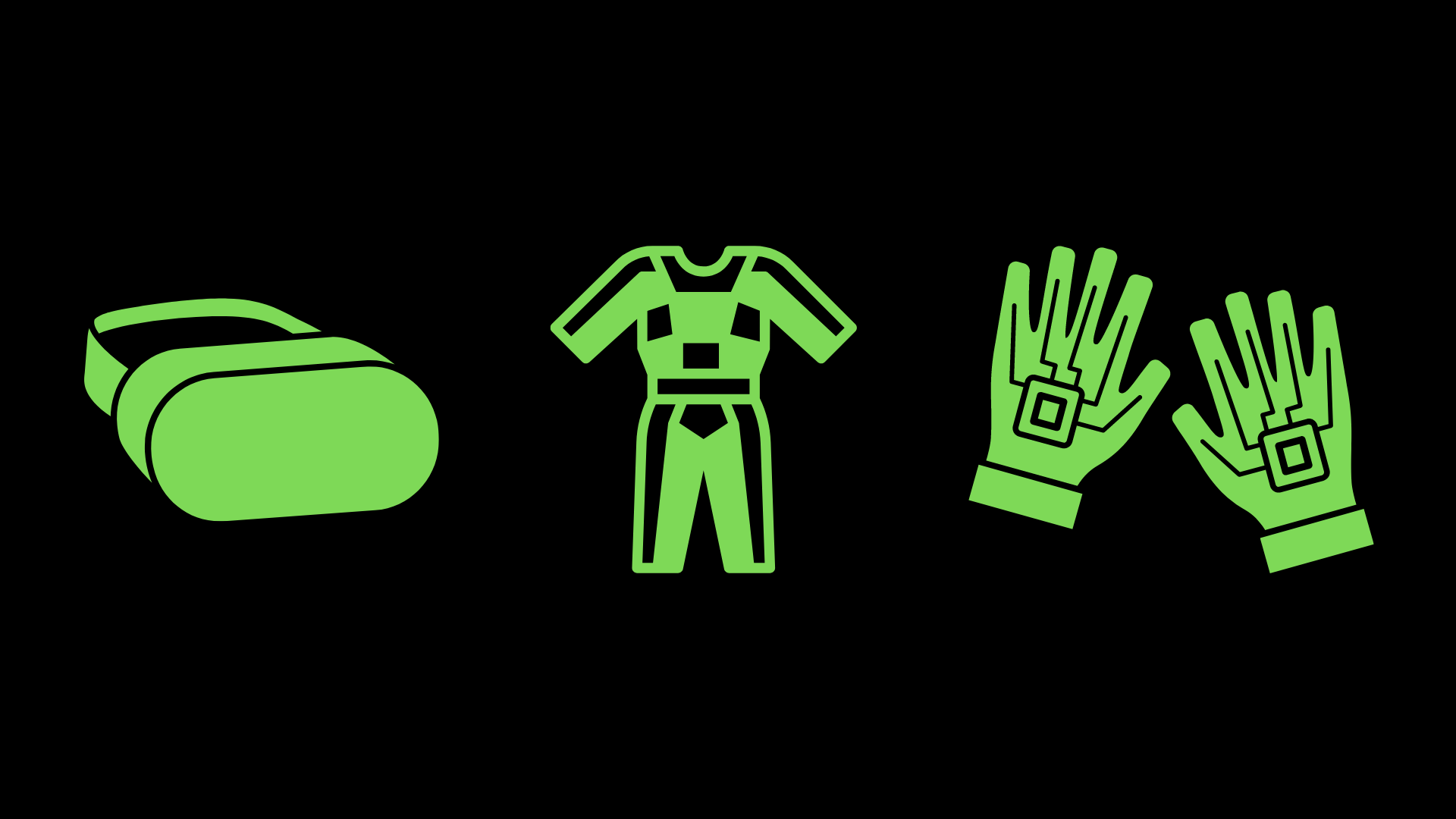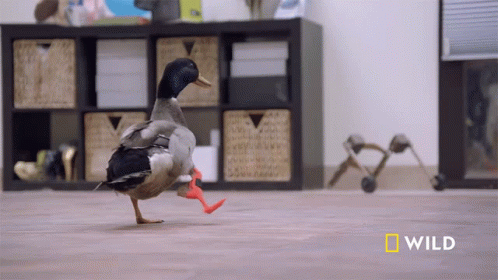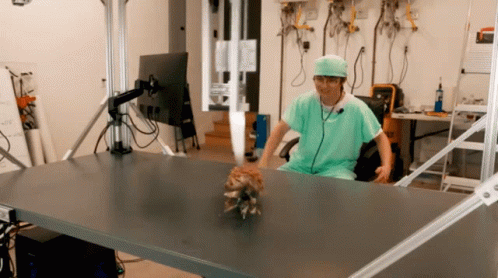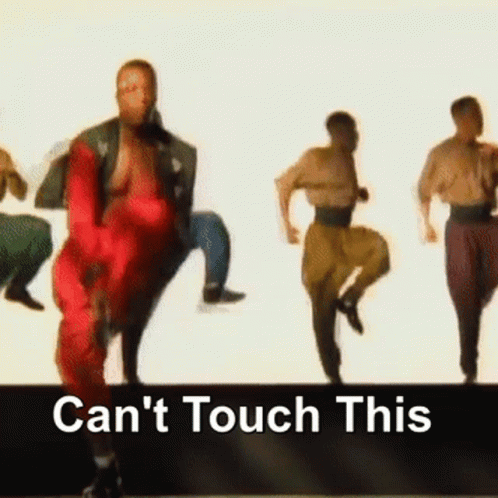Haptics in Medicine: Unlocking the Potential of Touch Technology
Haptics, the science of touch and its application, is changing the way we experience and interact with the world. In medicine, haptic technology is being used to revolutionize healthcare and improve patient outcomes.

Haptics, the science of touch and its application, is changing the way we experience and interact with the world. In medicine, haptic technology is being used to revolutionize healthcare and improve patient outcomes. From prosthetics and rehabilitation to surgery and telemedicine, haptics is playing an increasingly important role in medical care.
Prosthetics and rehabilitation:
Haptic technology is used in prosthetics to provide a more natural and intuitive sense of touch. This allows amputees to have greater control and improved dexterity, which can lead to greater independence and improved quality of life. Haptic feedback is also used in physical therapy and rehabilitation, allowing patients to receive feedback on their movements and improve their abilities.

Surgery:
Haptic technology is being used in minimally invasive and robotic surgery to give surgeons a more intuitive sense of touch, enabling them to perform procedures with greater precision and control. This can result in improved outcomes, shorter recovery times, and reduced risk of complications.

Telemedicine:
Haptic technology is being used to enhance telemedicine, allowing medical professionals to provide remote consultations and treatment. Haptic devices can be used to transmit touch sensations, such as pressure and vibration, between patients and healthcare providers, enabling a more comprehensive and effective medical examination. Haptics are used in telemedicine to provide sensory feedback during remote medical procedures. For example, a haptic device attached to a surgeon's gloves can simulate the sense of touch during a robot-assisted surgery, allowing the surgeon to feel tissue resistance and pressure.

Training:
Haptic technology is also being used to train medical students and professionals, allowing them to practice procedures and techniques in a simulated environment. This can improve their skills and reduce the risk of errors during real-life procedures.

Other use cases:
As you can imagine, there are a myriad of other uses cases for haptics, but the one area that really excites me is producing the sensation of weight and resistance. If you can recreate weight and resitance, then this opens up a multitude of possibilities in relation to fitness and wellbeing use cases, so lets look closer at a couple..
Fitness:
All of the current crop of VR fitness apps (whilst all amazing) are all geared towards cardiovascular workouts, and the key reason for this is we are only now just seeing true colour passthrough with this current crop of Head Mounted Displays (HMDs).
The lack of full colour passthrough means the ability to use free weights, weight machines, resitance bands and all other gym related equipment is not really possible, or safe for the user, but, the use of haptics is a brilliant stop gap untill HMD technology catches up with peoples needs.
General Wellbeing:
In my previsus article on the use of Haptics, I mentioned the rumours around Apple's new Reality Pro HMD, and that it could feature haptics actually in the headset, for the use case of wellbeing, this would be amazing.
Mental Health: Imagine using some of the already available mental health and meditation apps on the Oculus Quest ecosystem, and whilst you're meditating you have haptics firing off at different points within a headset, that would be amazing wouldn't it?
Movement: You could also use haptics in hand controllers to tell you where to stop a particluar motion, movement or even better an early warning system before you get there.
Sleep CBTI: Sleep is a great area where haptics could be particularly useful, espcially with in-HMD haptics, using guided meditations combined with breathing exercises and some form of gentle haptics to accentuate points.
In conclusion, haptic technology is already playing an increasingly important role in medicine, improving patient outcomes and changing the way we think about healthcare. Whether it's through general wellbeing use cases, rehabilitation, surgery, telemedicine, or training, the use of haptics is helping to bring the power of touch to medical care.






